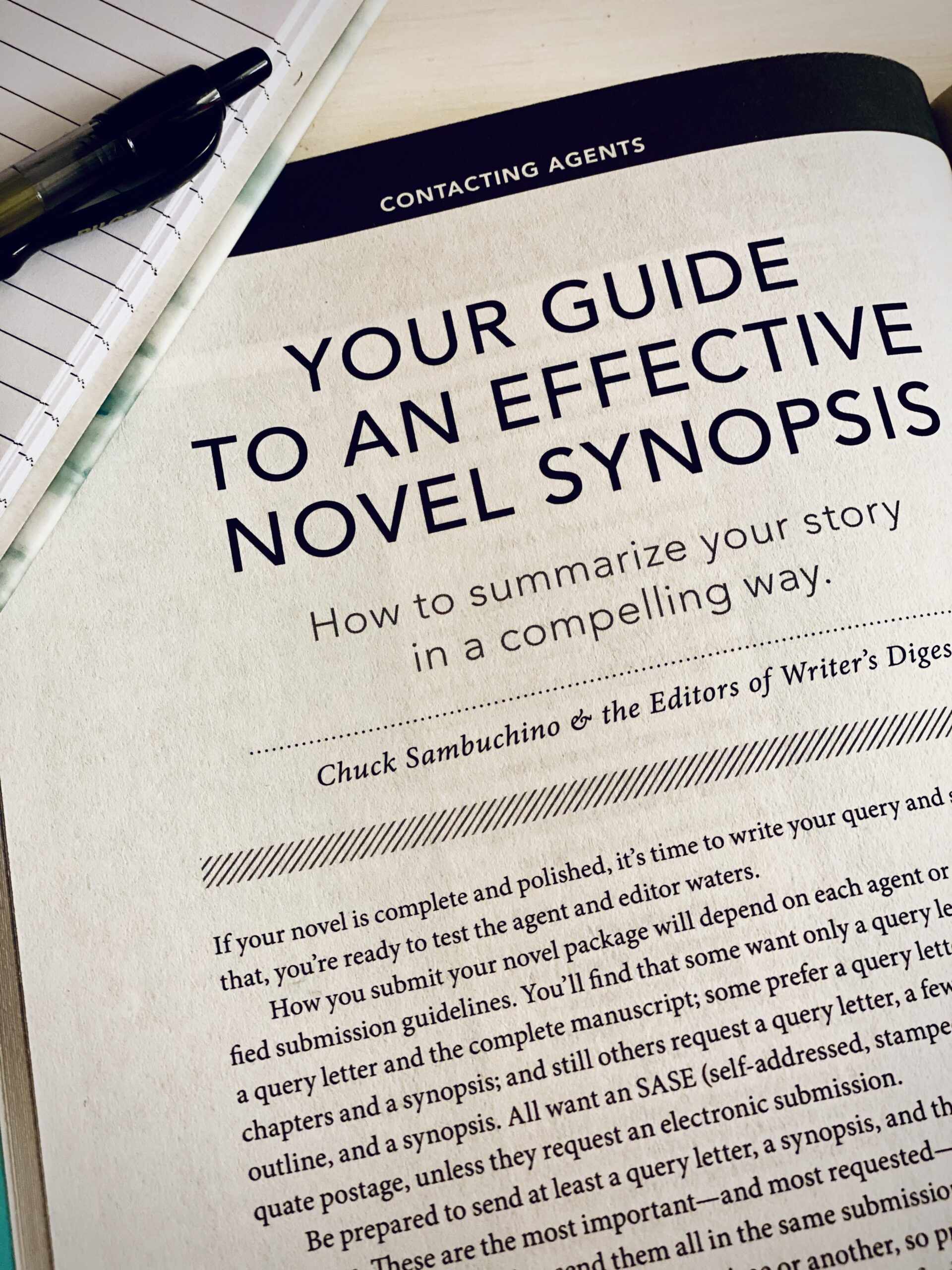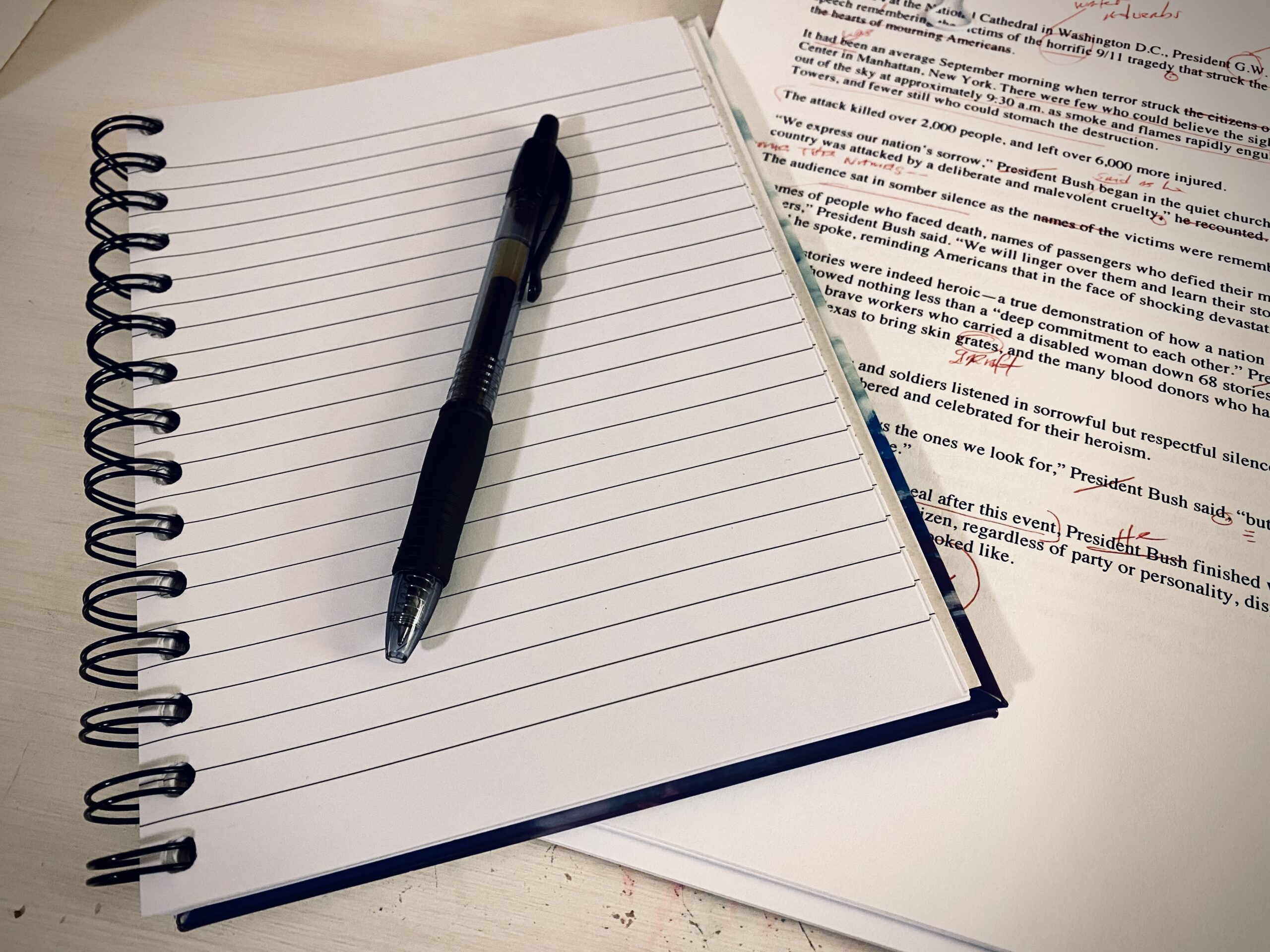Writing a novel synopsis
Once you’ve finished your manuscript and it’s gone through many rounds of editing, you’re probably considering publication. One of the documents you’ll be required to send to literary agents if you’re looking to be published traditionally is a synopsis. Even after writing your entire book, it can be difficult to put together a synopsis. Read on to learn what a synopsis is, why it’s important, and how to prepare one.
What is a synopsis and why do publishers want one?
In short, a synopsis is a summary of your novel. However, it’s not a marketing or editorial summary used to entice readers that you usually see on the back cover of a book. A synopsis should leave no question unanswered. It should show how the plot unfolds in an intriguing way. Reedsy outlines the basics you should cover in your synopsis in their 4 steps to novel synopsis writing post.
Synopses are used by publishing professionals to assess your book’s appeal and marketability. From there, agents can request a full manuscript. Some agents bypass reading a synopsis altogether, though this is usually more common for agents representing literary work.
Make sure to read the submission guidelines for specific length, but ideally a synopsis should be one to two single-spaced pages. They are typically written in third person, present tense.
What does a synopsis do?
A synopsis lays out the narrative arc of your book. From a synopsis, an agent will be able to tell if your character motivations, plot, and narrative arc are realistic and make sense. A synopsis will also reveal if your manuscript has any major plot holes or problems on a structural level.
Jane Friedman, a publishing industry professional, provides some great tips about synopsis writing in her blog post. We recommend giving it a read to learn what your synopsis should accomplish!

What do avoid in a synopsis
Ideally, your synopsis should begin with your protagonist, introduce their mindset and the situation that changes it, and address how the conflict is resolved. Each paragraph should advance the plot. Below are some common mistakes writers make when constructing a synopsis:
- Including too many specific names, locations, terms, or other proper names. It can be difficult and counterproductive for an agent to keep track of more elements than they need to. Instead, especially for fantasy, sci-fi, and historical fiction writers, it’s acceptable to include an opening paragraph that establishes the world we’re entering.
- Talking about the novel structurally. Avoid phrases like “at the climax of the novel” and “the resolution of the book” because your plot points should cover this.
- Explaining or dissecting the novel’s themes. Themes, messages, and interpretations are up to the readers. An agent or publisher only wants to know what happens in the novel from beginning to end.
- Asking rhetorical questions. Your goal is not to entice the reader. Your goal is to convey what happened in your own style/voice.
To read some great synopsis examples from a variety of genres, check out Writer’s Digest.
Have more questions? You can reach out to us HERE.

